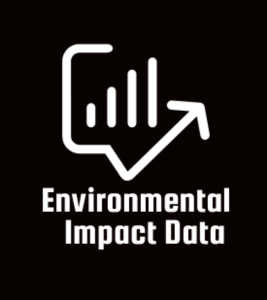The New Standard for Sustainability: What CSRD and CBAM Mean for Businesses
In 2024, the European Union (EU) delivered a clear message to businesses: “Responsible management and carbon emissions control are essential for accessing future markets.” This message is embodied in two key policies: the Corporate Sustainability Reporting Directive (CSRD) and the Carbon Border Adjustment Mechanism (CBAM). These policies are not just regulations—they are reshaping the global business landscape, setting new standards that businesses must meet to remain competitive.
CSRD: Sustainability Reporting, the New Language of Business
The CSRD goes beyond traditional corporate reporting, establishing a global standard for measuring and evaluating corporate sustainability. Starting in 2024, the directive applies not only to large and listed companies within the EU but also to non-EU companies with significant EU revenue or subsidiaries. This highlights how the EU’s sustainability ambitions transcend its borders, impacting global businesses.
The core of the CSRD is simple: businesses can no longer be assessed on financial performance alone. Managing and disclosing data on environmental, social, and governance (ESG) factors are now non-negotiable requirements for forward-thinking companies.
But the process of compliance is far from simple. Companies must collect carbon emissions data, manage sustainability across the entire supply chain, and have their reports verified by external auditors to ensure transparency and credibility. This is not just a regulatory challenge—it’s a transformative shift in how businesses operate.
CBAM: A Ticket to Access EU Markets
CBAM imposes a price on carbon emissions for products imported into the EU, targeting industries with high carbon footprints such as steel, aluminum, cement, fertilizers, and electricity. As a cornerstone of the EU’s 2050 carbon neutrality goal, CBAM sends a strong message to businesses: “Control your carbon emissions or face limited market access.”
From 2023 to 2025, businesses are required to report carbon emissions data during a transitional period. Starting in 2026, companies will also need to purchase carbon certificates, with prices linked to the EU Emissions Trading System (ETS). This isn’t just a bureaucratic requirement; it’s a fundamental shift that will redefine competitive dynamics in the global market.
What CSRD and CBAM Mean for Non-EU Businesses
CSRD and CBAM extend their reach beyond Europe, creating new standards for exporters worldwide, especially those targeting the EU market. To remain competitive, businesses must embrace sustainability as a core part of their operations.
How Businesses Can Prepare:
-
Carbon Emissions Data Management:
Implement systems to measure carbon emissions accurately and ensure compliance with international standards. -
Supply Chain Transparency:
Collect and manage emissions data from the entire supply chain, including upstream (Scope 3) emissions. -
Digital Innovation:
Leverage digital platforms to automate ESG data collection, analysis, and reporting, saving time and reducing costs. -
Investments in Carbon Reduction:
Adopt renewable energy, upgrade to high-efficiency equipment, and transition to low-carbon materials to secure long-term competitiveness.
A New Market, A New Norm
CSRD and CBAM are not just regulatory policies—they are global market norms. “A business unprepared for sustainability is a business unprepared for the future.” This is no longer just a slogan but an undeniable reality.
Companies that fail to adapt risk losing their footing not only in the EU market but globally. However, those that see these challenges as opportunities will gain new trust and competitiveness. Now is the time to integrate environmental responsibility and sustainability into your core business strategy.
